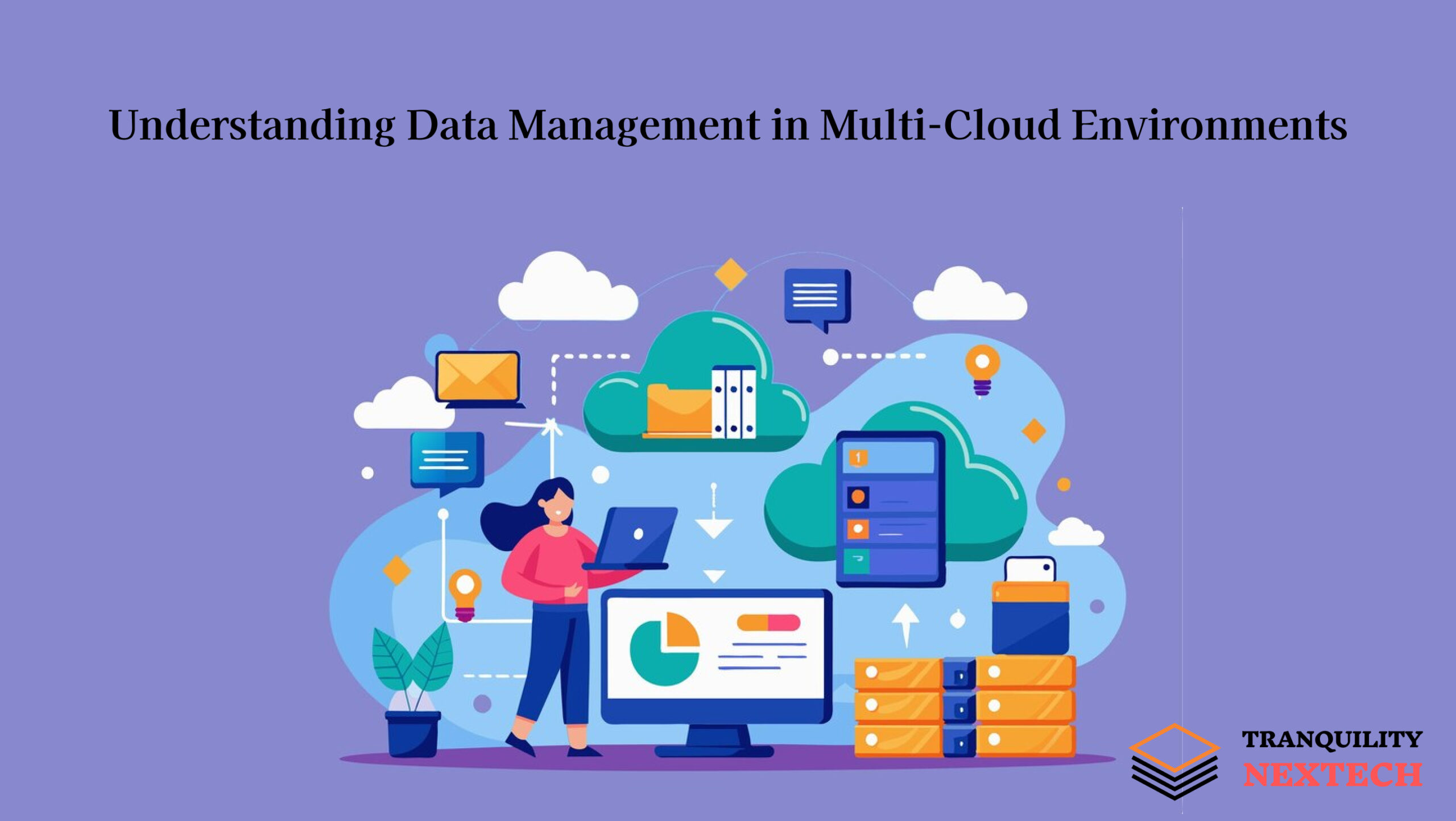Terraform has fundamentally changed platforms’ usage and infrastructure development with the Infrastructure as Code ( IaC) application. Although many have understood the basics of using it, there are best practices and other principles that can substantially improve the effectiveness and expand the possibilities of using Terraform configurations for large projects. This specific blog deals with such measures, and this article will discuss state management, modularity, environment management, and tips on attaining well-built, scalable, and maintainable infrastructures.
Advanced State Management
Terraform’s state file is central to its operation, tracking the real-world infrastructure to map it to your configuration. Effective state management is crucial for large-scale deployments and collaboration.
- Remote State Storage
When deciding on the location of remote state storage providers like AWS S3, Azure Blob Storage, or HashiCorp’s Terraform Cloud, you are protecting yourself against data loss and making the state file available to your team members. Remote state storage also includes locks to avoid concurrent changes, thus providing data consistency. Additionally, since the state contains sensitive data such as tokens and IDs, it should be stored in a secure place.
terraform {
backend "s3" {
bucket = "my-terraform-state"
key = "path/to/my/key"
region = "us-west-2"
}
}
- State Locking
State locking is a crucial aspect of Terraform, serving as a safeguard against conflicts in concurrent operations that could lead to different states. Implementing state locking with solutions like DynamoDB for AWS S3, or Azure Storage for Azure Blob Storage ensures the consistency of your infrastructure’s state. Proper configuration of locking is essential to prevent conflicts during deployments, providing a sense of security and confidence in your Terraform operations.
terraform {
backend "s3" {
bucket = "my-terraform-state"
key = "path/to/my/key"
region = "us-west-2"
dynamodb_table = "terraform-state-lock"
}
}
- State Management Commands
State operations, such as renaming state with the `terraform state mv` command, deleting stale records with `terraform state rm,` and viewing stored state with the `terraform state list` command, are powerful tools at your disposal. These commands empower you to make precise changes and minor modifications to the state file, tailoring your configurations to your business requirements. This level of control is a direct result of these commands, demonstrating their practical value in managing your infrastructure.
Modularization for Scalability and Reusability
Terraform modules are a fundamental way to encapsulate and reuse configuration code. Advanced use of modules can enhance both scalability and maintainability.
- Module Design Patterns
Effective module design involves creating modules with well-defined interfaces and ensuring they are loosely coupled. Design patterns such as “provider modules” for specific cloud providers, “resource modules” for individual resources, and “composite modules” for higher-level abstractions can simplify your infrastructure code and improve reusability.
module "network" {
source = "./modules/network"
vpc_cidr = "10.0.0.0/16"
public_subnets = ["10.0.1.0/24", "10.0.2.0/24"]
private_subnets = ["10.0.3.0/24", "10.0.4.0/24"]
}
- Module Versioning
Managing module versions is crucial for maintaining consistency across different environments. Implementing version constraints in module sources, and using versioned module releases, ensures that changes in modules do not inadvertently break your infrastructure setup. Use semantic versioning (SemVer) for modules to clearly communicate changes and compatibility.
module "network" {
source = "git::https://github.com/my-org/network-module.git?ref=v1.0.0"
vpc_cidr = "10.0.0.0/16"
public_subnets = ["10.0.1.0/24", "10.0.2.0/24"]
private_subnets = ["10.0.3.0/24", "10.0.4.0/24"]
}
- Module Dependencies
Handling module dependencies carefully ensures that changes in one module do not inadvertently affect others. Use Terraform’s `depends_on` attribute to explicitly define dependencies and manage the order of resource creation and destruction. This is especially useful for managing complex infrastructures where resource order matters.
Environment Management and Workspaces
Managing multiple environments and configurations effectively is crucial for large-scale deployments and CI/CD pipelines.
- Environment-specific Configurations
Advanced environment management involves using Terraform variables and conditional logic to tailor configurations for different environments. Use `.tfvars` files to specify environment-specific variables and utilize `count` and `for_each` meta-arguments for dynamic resource creation based on environment settings.
- CI/CD Integration
Integrate Terraform with CI/CD pipelines to automate deployments and ensure consistency across environments. Tools like Terraform Cloud, GitHub Actions, GitLab CI, and Jenkins can be configured to trigger Terraform runs automatically upon changes to your code repository, enforcing best practices and consistency in deployments.
# Example GitHub Actions workflow
name: Terraform
on:
push:
branches:
- main
jobs:
terraform:
runs-on: ubuntu-latest
steps:
- name: Checkout code
uses: actions/checkout@v2
- name: Setup Terraform
uses: hashicorp/setup-terraform@v1
- name: Terraform Init
run: terraform init
- name: Terraform Apply
run: terraform apply -auto-approve
Debugging and Troubleshooting
- Terraform Debugging
Using the TF_LOG environment variable, you can enable detailed logs to debug issues.
export TF_LOG=DEBUG
terraform apply
- Terraform Console
The ‘terraform console’ command allows you to evaluate expressions, inspect resources, and validate configurations interactively.
terraform console
> aws_instance.example.public_ip
Advanced Best Practices in IaC
- Code Organization
Organize your Terraform code into logical directories and files. Use a consistent naming convention for modules, resources, and variables to make your codebase more straightforward to navigate and maintain. Separate configurations into `main.tf`, `variables.tf`, and `outputs.tf` to clarify the purpose of each file and enhance readability.
- Secrets Management
Avoid hardcoding secrets and sensitive information directly in your Terraform code. Instead, use tools such as HashiCorp Vault, AWS Secrets Manager, or Azure Key Vault to manage and retrieve secrets securely. Integrate these secrets management solutions into your Terraform configurations to maintain security and compliance.
provider "vault" {
address = "https://vault.myorg.com"
}
data "vault_generic_secret" "example" {
path = "secret/data/my-secret"
}
resource "aws_instance" "example" {
ami = "ami-123456"
instance_type = "t2.micro"
user_data = data.vault_generic_secret.example.data["user_data"]
}
- Drift Detection and Remediation
Stay in control of your infrastructure by regularly checking for drift, which refers to any discrepancies between the actual infrastructure and your Terraform configurations. Use `terraform plan` and `terraform refresh` to detect and address drift proactively. By implementing policies and monitoring tools, you can be alerted of significant changes and ensure that your infrastructure always remains in the desired state, making you feel prepared and in control.
- Performance Optimization
Optimize Terraform performance by minimizing the use of `count` and `for_each` with large datasets, as these can impact plan and apply times. Instead, break down large configurations into smaller, more manageable modules and use parallelism with the `-parallelism` flag to speed up resource creation and updates.
- Documentation and Comments
Well-documented Terraform code improves collaboration and maintainability. Use comments to explain complex logic and provide context for configurations. Maintain up-to-date documentation to ensure that all team members understand the infrastructure setup and can contribute effectively.
Conclusion
Mastering advanced Terraform techniques and best practices can significantly enhance your infrastructure management capabilities. You can build robust, scalable, and maintainable infrastructure setups by focusing on state management, modularization, environment management, and adhering to advanced best practices. As Terraform continues to evolve, staying updated with new features and improvements will further enhance your IaC strategy, driving efficiency and reliability in your infrastructure management processes.
Each of these packages is designed to elevate your Terraform usage to the next level, ensuring your infrastructure is optimized, secure, and maintainable. Contact us to learn more about how our packages can help you achieve your infrastructure goals with Terraform.
FAQs:
- What is state management in Terraform, and why is it important?
- State management in Terraform involves maintaining a state file that tracks your infrastructure’s current state. It’s crucial for large-scale deployments and collaboration because it ensures consistency and prevents conflicts.
- How do Terraform modules enhance scalability and maintainability?
- Terraform modules allow you to encapsulate and reuse configuration code, promoting scalability and maintainability. By using modules with well-defined interfaces, you can create reusable, scalable infrastructure components.
- Why is state locking necessary in Terraform?
- State locking prevents conflicts during concurrent operations, ensuring consistent and reliable infrastructure updates.
- What are some advanced best practices for using Terraform?
- Advanced best practices for using Terraform include organizing your code, managing secrets securely, detecting and remediating drift, optimizing performance, and maintaining documentation.
- What does the Tranquility Nextech package offer for advanced Terraform users?
- The Tranquility Nextech package offers tailored solutions to optimize Terraform configurations, enhance Infrastructure as Code practices, and ensure secure, maintainable, and scalable infrastructure setups.
If you have any queries or require business-related IT solutions, please reach out to us at: shan@tranquilitynxt.com
- The Tranquility Nextech package offers tailored solutions to optimize Terraform configurations, enhance Infrastructure as Code practices, and ensure secure, maintainable, and scalable infrastructure setups.








